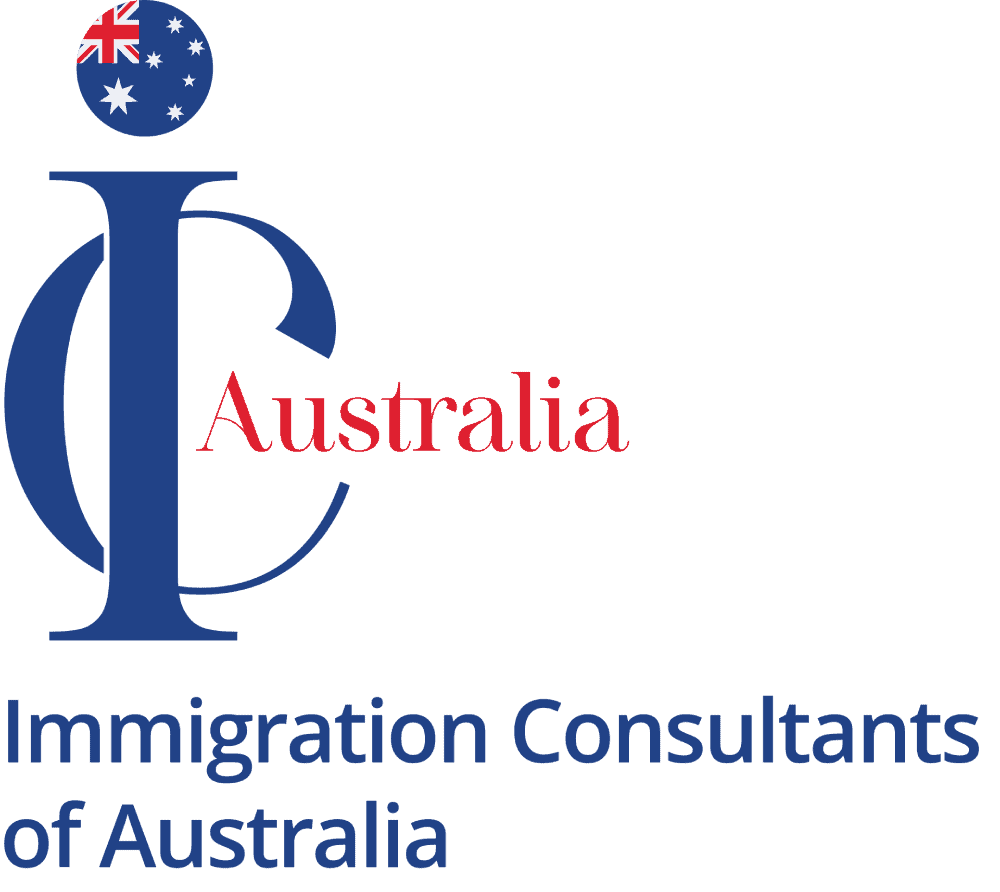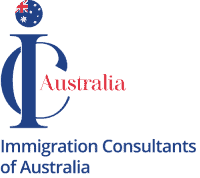Benefits of Immigrating to Australia
Australia is a land of boundless opportunities, attracting individuals from all corners of the globe. From its thriving economy and world-class education system to its stunning natural landscapes and vibrant multicultural society, there are countless reasons why immigrating to Australia can be a life-changing decision.
One of the primary benefits of moving to Australia is the country’s robust job market. With a strong economy and a diverse range of industries, Australia offers a wide array of employment opportunities for skilled professionals, entrepreneurs, and those seeking to advance their careers. Whether you’re a software engineer, a healthcare worker, or a business owner, the Australian job market is brimming with potential.
Moreover, Australia’s education system is renowned for its excellence, providing both domestic and international students with access to top-tier universities, research institutions, and vocational training programs. From the prestigious University of Melbourne to the cutting-edge Queensland University of Technology, Australia’s educational institutions are consistently ranked among the best in the world, offering students a world-class learning experience.
Beyond the professional and educational advantages, Australia’s natural beauty and high quality of life are equally alluring. From the iconic Sydney Opera House and the stunning Great Barrier Reef to the rugged Outback and the serene beaches, Australia is a destination that captivates the senses. With a temperate climate, a robust healthcare system, and a strong social safety net, Australia offers an unparalleled standard of living that is the envy of many nations.
Australia’s Immigration Statistics
Australia has long been a popular destination for immigrants, with a rich history of welcoming people from diverse backgrounds. According to the latest data from the Australian Bureau of Statistics, as of 2021, over 7.6 million people, or nearly 30% of the country’s total population, were born overseas. This diversity is a testament to Australia’s openness and inclusivity, making it an attractive option for those seeking a new home.
The top countries of origin for immigrants to Australia include India, China, the United Kingdom, New Zealand, and the Philippines. These individuals have chosen to make Australia their home for a variety of reasons, ranging from better economic opportunities and educational prospects to a desire for a higher quality of life and a more stable political environment.
Interestingly, the age distribution of Australia’s immigrant population is also noteworthy. According to the data, the majority of immigrants, around 60%, are of working age (between 25 and 64 years old), highlighting the significant contribution they make to the country’s workforce and economic growth. This influx of skilled and experienced professionals has played a crucial role in shaping Australia’s thriving economy and vibrant multicultural society.
As Australia continues to welcome immigrants from around the world, the country’s diversity and cultural richness continue to evolve, making it an increasingly attractive destination for those seeking a new beginning. By understanding the demographics and trends of Australia’s immigrant population, you can better navigate the immigration process and increase your chances of a successful transition to this remarkable country.
Understanding the Different Visa Options
Navigating the complex world of Australian immigration can be a daunting task, but with the right information, you can make the process much more manageable. One of the first steps in your immigration journey is to understand the various visa options available to you.
Australia offers a wide range of visa categories, each designed to cater to the specific needs and requirements of different applicants. Whether you’re a skilled professional, a student, a family member of an Australian citizen or permanent resident, or an entrepreneur, there’s a visa option that’s tailored to your circumstances.
Some of the most common visa categories include the Skilled Independent Visa (subclass 189), the Employer-Sponsored Visa (subclass 482), the Student Visa (subclass 500), the Family Visa (subclass 820/801), and the Business Innovation and Investment Visa (subclass 188). Each of these visas has its own set of eligibility criteria, application requirements, and processing times, so it’s essential to research and understand the nuances of each option before submitting your application.
For instance, the Skilled Independent Visa (subclass 189) is a popular choice for highly skilled professionals who wish to live and work in Australia permanently. This visa requires applicants to meet specific educational and work experience requirements, as well as pass a points-based assessment. On the other hand, the Employer-Sponsored Visa (subclass 482) is designed for individuals who have been offered a skilled job by an approved Australian employer.
Regardless of the visa category you choose, it’s crucial to thoroughly review the eligibility criteria, gather all the necessary documents, and ensure that your application is complete and accurate. Seeking the guidance of a reputable immigration agent or lawyer can also be invaluable in navigating the complexities of the Australian immigration system and maximizing your chances of a successful application.
Steps to Make the Immigration Process Easier
Applying for Australian immigration can be a complex and daunting process, but with the right approach and preparation, you can make the journey much smoother and more efficient. Here are some steps you can take to make the immigration process easier:
Research and plan: Start by thoroughly researching the different visa options available to you, and carefully assess which one best fits your circumstances and goals. Develop a comprehensive plan that outlines the various steps involved in the application process, the required documents, and the timeline for submission.
Gather all necessary documents: Ensure that you have all the required documents ready, such as your passport, educational certificates, employment records, and any other supporting evidence. Double-check that all documents are valid, up-to-date, and properly certified or translated if necessary.
Familiarize yourself with the application process: Likewise, thoroughly review the application requirements and procedures for your chosen visa category. Understand the step-by-step process, the processing times, and any fees or charges associated with your application. This knowledge will help you stay organized and on track throughout the journey.
Prepare for the Australian citizenship test: If you’re applying for permanent residency or citizenship, be sure to familiarize yourself with the content and format of the Australian citizenship test. Practice sample questions and brush up on your knowledge of Australian history, government, and civic responsibilities to increase your chances of passing the test.
Stay organized and responsive: Keep meticulous records of all your correspondence with immigration authorities, and be prompt in responding to any requests for additional information or documentation. Maintaining a high level of organization and responsiveness can significantly expedite the processing of your application.
By following these steps and remaining proactive throughout the immigration process, you can increase your chances of a successful and stress-free transition to your new life in Australia.
Essential Documents and Requirements for Immigration
Navigating the Australian immigration system requires a thorough understanding of the essential documents and requirements needed for your chosen visa category. Ensuring that you have all the necessary paperwork in order can significantly streamline the application process and increase your chances of a successful outcome.
Depending on the visa you’re applying for, the required documents may vary, but there are some common elements that are typically needed across all visa categories. These include a valid passport, birth certificate, educational and professional qualifications, employment records, and proof of financial capacity (if applicable).
For skilled worker visas, such as the Skilled Independent Visa (subclass 189) or the Employer-Sponsored Visa (subclass 482), you’ll also need to provide evidence of your work experience, skills, and qualifications. This may include detailed employment histories, reference letters from past employers, and any relevant professional licenses or certifications.
If you’re applying for a family-based visa, such as the Partner Visa (subclass 820/801) or the Child Visa (subclass 101), you’ll need to provide documentation that demonstrates the nature and strength of your relationship, such as marriage certificates, joint bank statements, and evidence of shared living arrangements.
For those seeking to start a business or invest in Australia, the Business Innovation and Investment Visa (subclass 188) requires a comprehensive portfolio of documents, including business plans, financial statements, and evidence of your entrepreneurial experience and net worth.
Regardless of the visa category you’re applying for, it’s crucial to ensure that all your documents are valid, up-to-date, and properly certified or translated if necessary. Failure to provide the required documentation can result in delays or even the rejection of your application, so it’s essential to be thorough and meticulous in your preparation.
Finding a Reliable Immigration Agent or Lawyer
Navigating the complex and ever-changing landscape of Australian immigration can be a daunting task, which is why many individuals choose to enlist the help of a professional immigration agent or lawyer. These experts can provide invaluable guidance and support throughout the entire application process, helping you to avoid common pitfalls and increase your chances of a successful outcome.
When it comes to finding a reliable immigration agent or lawyer, it’s crucial to do your due diligence. Start by researching reputable firms and individuals who specialize in Australian immigration law. Look for those who are registered with the Office of the Migration Agents Registration Authority (OMARA) or are members of professional organizations such as the Migration Institute of Australia (MIA).
Consider factors such as their experience, expertise, and success rate in handling cases similar to yours. A seasoned immigration professional will be well-versed in the latest visa requirements, processing times, and any changes to the immigration system. They can also provide invaluable insights and strategies to help you navigate the complexities of the application process.
By taking the time to research and select a trustworthy immigration agent or lawyer, you can rest assured that your application is in good hands and that you’re taking the necessary steps to make your dream of immigrating to Australia a reality.
Preparing for the Australian Citizenship Test
For those seeking to obtain Australian citizenship, the final step in the immigration process is the Australian citizenship test. This comprehensive exam is designed to assess your knowledge of Australia’s history, government, and civic responsibilities, and is a crucial requirement for those applying for Australian citizenship.
The Australian citizenship test covers a wide range of topics, including Australian government and democracy, rights and responsibilities, Australian history and national symbols, and English language proficiency. To pass the test, you’ll need to correctly answer at least 75% of the questions, which typically consist of multiple-choice and true/false questions.
Preparing for the citizenship test can be a daunting task, but with the right approach and resources, you can increase your chances of success. Start by familiarizing yourself with the test content and format, which you can find on the Department of Home Affairs website. Practice sample questions, study the provided study materials, and consider enrolling in a citizenship test preparation course to ensure you’re fully prepared.
It’s also important to brush up on your English language skills, as the test requires a certain level of proficiency in reading, writing, and comprehension. If you need to improve your English, consider taking classes or using online resources to enhance your skills.
Settling in Australia: Finding Accommodation, Healthcare, and Education
Congratulations! You’ve successfully navigated the Australian immigration process and are now ready to embark on your new life in this remarkable country. However, the journey doesn’t end there. As you settle into your new surroundings, there are a few essential aspects of life in Australia that you’ll need to consider.
Finding suitable accommodation is one of the first and most crucial steps in settling in Australia. Whether you’re looking to rent or buy a property, it’s important to research the local real estate market, understand the different neighborhoods and their amenities, and familiarize yourself with the leasing or purchasing process.
Another important aspect of your new life in Australia is healthcare. As a permanent resident or citizen, you’ll have access to the country’s universal healthcare system, known as Medicare. Be sure to enroll in Medicare as soon as possible and familiarize yourself with the system’s benefits and limitations.
If you have children or are planning to start a family, education will be another key consideration. Australia is renowned for its high-quality education system, with a wide range of options for both public and private schools, as well as universities and vocational training institutions. Research the educational opportunities in your local area, understand the enrollment process, and consider factors such as academic performance, extracurricular activities, and tuition fees when making your decision.
As you settle into your new life in Australia, it’s also important to explore the country’s vibrant cultural and social scene. From discovering the stunning natural landscapes and outdoor activities to immersing yourself in the diverse culinary and arts experiences, there is no shortage of ways to embrace the Australian way of life.
Conclusion
Navigating the Australian immigration process can be a complex and daunting task, but with the right information, preparation, and support, it can also be a rewarding and life-changing experience. Throughout this comprehensive guide, we’ve explored the various benefits of immigrating to Australia, the country’s diverse immigrant population, the different visa options available, and the essential steps to make the process as smooth as possible.
From understanding the essential documents and requirements to finding a reliable immigration agent or lawyer, and from preparing for the Australian citizenship test to settling into your new life in Australia, we’ve covered the key aspects of the immigration journey. By following the strategies and advice outlined in this article, you can increase your chances of a successful application and a seamless transition to your new home.
Remember, the decision to immigrate to Australia is a significant one, but it can also be a transformative and enriching experience. This remarkable country offers a wealth of opportunities, from thriving job markets and world-class education to a high standard of living and a vibrant multicultural society. By embracing the challenges and embracing the possibilities, you can unlock your full potential and achieve your dream of living and working in Australia.
Ready for your Australian immigration journey? Do you need help starting the Australian immigration process? If so, contact Australia immigration consultants today! We simplify the application process and increase your chances of success. Additionally, we guarantee a smooth and successful immigration experience to Australia by crafting a personalized immigration plan that aligns with your unique profile and aspirations. As well, we offer comprehensive assistance and guidance from a regulated MARA agent and manage the application submission process on your behalf.
Start your Australian dream by contacting ICAustralia today!


